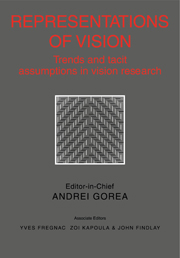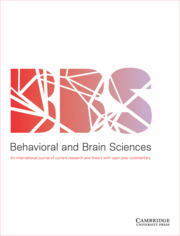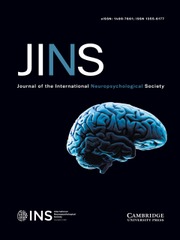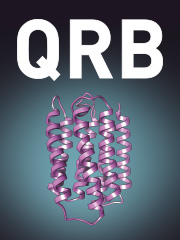Vision
Professor Colin Blakemore presents a fascinating insight to all the major topics in visual science research. Experts from around the world show how this vast subject can be unified from the viewpoint that describes the way in which visual systems efficiently encode and represent the outside world. The approach, which is both rigorous and general, was championed by H. B. Barlow in the fifties and has recently acquired a new significance in the light of exciting developments in computer science and artificial intelligence and vision. The book is essential reading for advanced undergraduates, postgraduates and researchers in the field of vision research and neuroscience.
- Experts from around the world contribute to this volume
- Essential reading for advanced undergraduates, postgraduates and researchers
- Professor Blakemore is a well-respected academic
Reviews & endorsements
"Readers with prior exposure to image processing or computational aspects of vision will easily appreciate the richness and relevance of research reported in the book. Practicing imaging scientists, especially those seeking to develop new algorithms to address practical issues such as color portability, constancy, and perceptually salient edge detection for compression, will find valuable cues in the form of theoretical and experimental results in this book. Those in academia will certainly find the book packed with many seeds for future thought....a valuable collection of archival contributions and is strongly recommended for every technical library." K. Venkatesh Prasad, Journal of Electronical Imaging
"The book can be recommended for the neurosurgeon interested in the physiology of the senses, especially since it contains the most up-to-date knowledge and newest developments." D. Voth, Neurosurgery Rreview
Product details
June 1993Paperback
9780521447690
468 pages
247 × 188 × 23 mm
1.106kg
255 b/w illus. 2 colour illus. 10 tables
Available
Table of Contents
- Part I. Concepts of Coding and Efficiency:
- 1. The quantum efficiency of vision
- 2. Coding efficiency and visual processing
- 3. Statistical limits to image understanding
- 4. The theory of comparative eye design
- Part II. Efficiency of the Visual Pathway:
- 5. The design of compound eyes
- 6. The light response of photoreceptors
- 7. Is there more than meets the eye?
- 8. Quantum efficiency and performance of retinal ganglion cells
- 9. Neural interactions underlying direction-selectivity in the rabbit retina
- 10. Detection and discrimination mechansims in the striate cortex of the Old-World monkey
- Part III. Colour:
- 11. The two subsystems of colour vision and their roles in wavelength discrimination
- 12. The effect of the angle of retinal incidence on the colour of monochromatic light
- 13. Fourier interferometric stimulation (FIS): the method and its applications
- 14. The chromatic coding of space
- Part IV. Brightness, Adaptation and Contrast:
- 15. The role of photoreceptors in light-adaptation and dark-adaptation of the visual system
- 16. Why do we see better in bright light?
- 17. Mechanisms for coding luminance patterns: are they really linear?
- 18. Feature detection in biological and artificial visual systems
- Part V. Development of Vision:
- 19. On reformation of visual projection: cellular and molecular aspects
- 20. Retinal pathways and the developmental basis of binocular vision
- 21. Development of visual callosal connections
- 22. Sensitive periods in visual development: insights gained from studies of recovery of visual function in cats following early monocular deprivation or cortical lesions
- 23. The developmental course of cortical processing streams in the human infant
- 24. Maturation of mechanisms for efficient spatial vision in primates
- 25. The puzzle of amblyopia
- Part VI. Depth and Texture:
- 26. A single, most-efficient algorithm for stereopsis?
- 27. Binocular mechanisms in the normal and abnormal visual cortex of the cat
- 28. Viewing geometry and gradients of horizontal disparity
- 29. Texture discrimination: radiologist, machine and man
- Part VII. Motion:
- 30. The motion pathways of the visual cortex
- 31. The utilitarian theory of perception
- Part VIII. From Image to Object:
- 32. A theory about the functional role and synaptic mechanism of visual after-effects
- 33. Spatial and temporal summation in human vision
- 34. The efficiency of pictorial noise suppression in image processing
- 35. Algotecture of visual cortex
- 36. The iconic bottleneck and the tenuous link between early visual processing and perception
- 37. Pyramid algorithms for efficient vision
- 38. High level visual decision efficiences
- Index.










